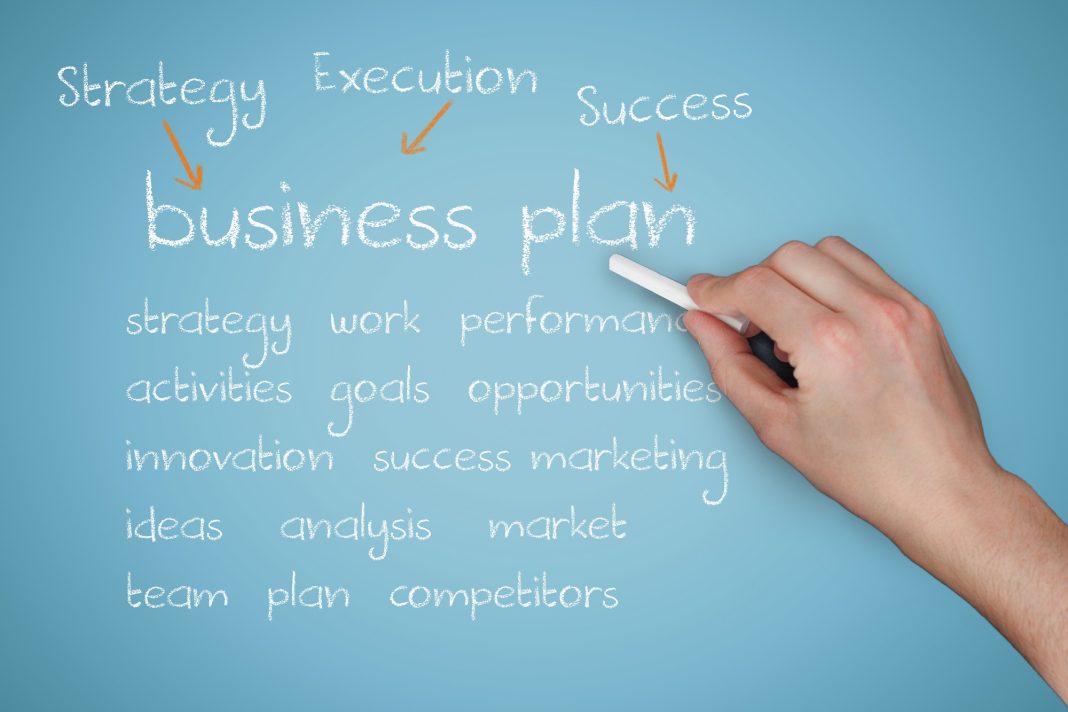As a human resources consultant, I often work with clients to develop management and employee performance appraisal programs. To the question of what a performance appraisal is, I would answer. First, let’s look at “assessment” and “evaluation.” An assessment determines a person’s worth, usually through careful analysis and inspection. An appraisal determines a person’s value, importance, or status.
One of the critical elements of a practical performance evaluation is the employee’s work plan. There are as many examples of performance evaluations as there are evaluators, and they are almost always the same. Over the years, I have agreed on eight steps to creating an effective and sustainable performance evaluation program. They are all based on an employee performance evaluation plan.
1. Establish Communication Process
You must establish and maintain a shared planning and communication process between you and the employee that focuses on what the employee needs to accomplish during the performance period. You must implement this process to ensure planned and ongoing communication and apply it regularly during the performance review period.
2. Measurable Results
Next, you need to ensure that employee performance is measured by measurable results and describe how those results were achieved. Many performance assessment methods use a form that describes the areas to be assessed, the indicators used to measure the results, and how these are to be achieved (often with suggestions on how to implement them).
3. Set Clear Objectives
To achieve optimal performance, it is essential that you and your employee set clear and specific objectives and provide relevant feedback. To do this, you need to use a communication process that ensures that you and the employee agree on objective performance measures.
4. Ongoing Communication with Employees
You need to have an ongoing communication process throughout the year to know what is expected of your employees, how well they are meeting their goals, and what actions you and your employees need to take to ensure they are meeting those goals.
5. Professional Development
You and the employee should establish an employee professional development plan, often including discussions about training opportunities and training needed for professional development.
6. Corrective Action
You and the employee should decide what corrective action you and the employee will take if the employee does not meet the goals.
7. Determine the Consequences
You and the employee must determine the consequences if the employee does not meet the goals. These consequences should be discussed at the beginning of the employee’s work plan, and their appropriateness should be regularly reviewed during the performance evaluation period.
8. Performance Reward
Finally, you and the employee should establish a reliable and appropriate basis for determining performance pay. These must discussed and defined at the beginning of the performance evaluation period.
As you may have noticed, I emphasize continuous communication, feedback, observation, and evaluation when assessing employees. The evaluation is not tricky, but it requires you and the employee to stick to the plan.
About Author
Sarah Noah Liam is a Software Management person who enjoys programming, Best Employee Monitoring Software, and screen recording. She has a post-graduate degree in Computer science.

